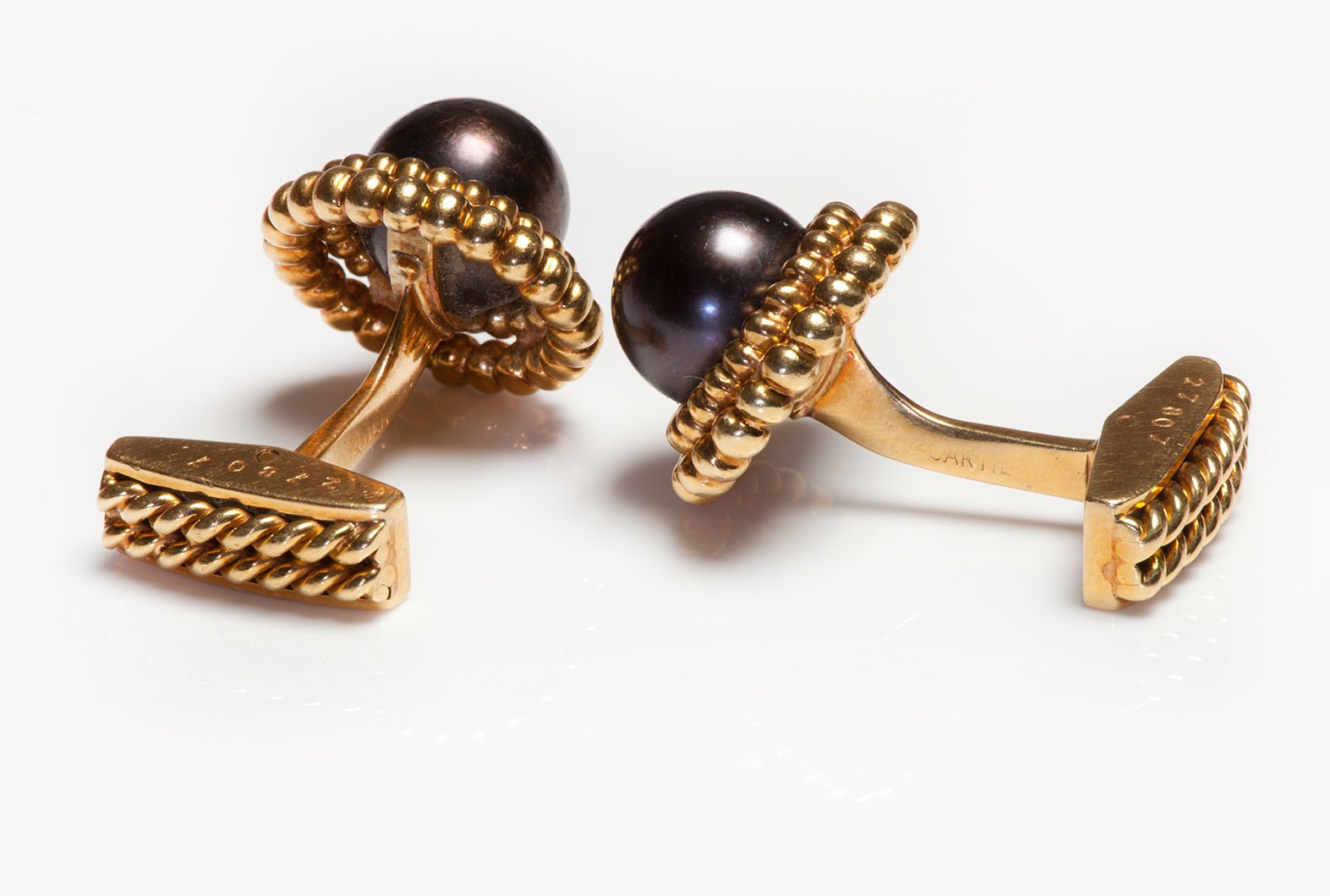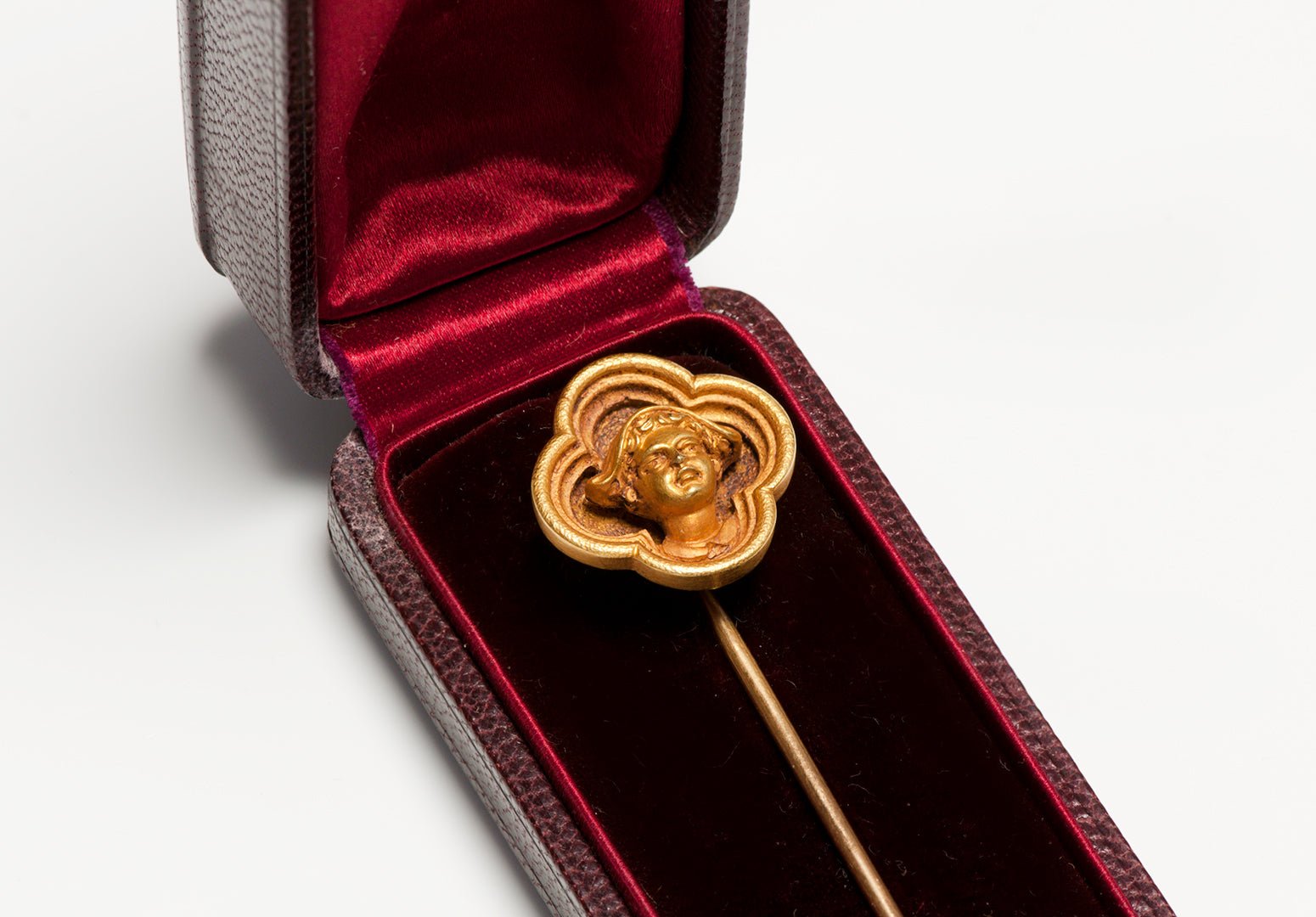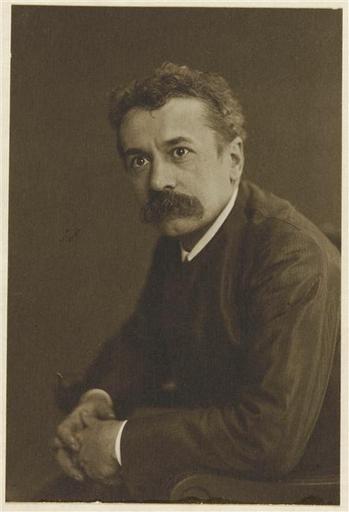
Searching for the Famous Black Pearls of Polynesia
Black pearls are considered in Polynesian mythology the first drops of light that the Creator gave to the God of Beauty. They are magical gifts of nature. Classy and mysterious, they have enriched the world of jewelry from ancient times to the present day.
The ancient Polynesians collected pearls from the oysters of Pinctada margaritifera, sinking into the turquoise waters surrounding the islands of Polynesian archipelagos, such as the Tuamotu. Very rarely, only the lucky ones found pearls inside the oysters. In fact, it is said that they had to open about 15,000 oysters to discover a natural pearl, according to The Epoch Times.
Nowadays, black pearls are grown in marine farms, but the size, color, and brightness that each pearl will eventually have will be a surprise to their producers until the last day.
They are called black pearls, but you don't have to be a specialist to see that they are rarely black. These semi-precious gemstones actually range from rose, gold, copper, blue, purple, blackish, bright green, or various shades of bright gray, but also in combinations of rose and purple, green and gold, green and black, blue and black, or purple and black.
There will never be two identical pearls. No matter what, they are never the same, each oyster giving rise to a pearl of a different size, shade, and luster. Even when it comes to cultured pearls, nature always has the last word in this story.
The Japanese Pearl Cultivation Technique
In the 1960s, the method to cultivate pearls was brought to the paradises of the South Seas by a handful of Japanese craftsmen. They were the only ones, until the 1990s, who mastered the cultivation technique in the Polynesian archipelagos. Today, the mystery has ceased to belong exclusively to them, and the islanders are now earning a living by raising pearls - usually grown on family farms - in scattered atolls such as Rangiroa, Manihi, or Fakarava.
Cultivating black pearls means a lot of work, but also expertise. The first step is to carefully sort the black shells. Once they are slightly open, an incision is carefully made in their body with a scalpel. For example, a mother-of-pearl berry is inserted, as well as a portion of the mantle tissue from another living shell. After that, the workers take the shells back to the lagoon; they take care to keep them alive by removing the algae or leeches around them.
Every two months, the shells are taken out from the water to be cleaned of parasites, and those with defects must be constantly reviewed and protected from the appetite of turtles and other tropical fish, which are attracted to these oysters sunk to a depth of about ten meters.
Gradually, the implanted mantle tissue "envelops" the foreign body and coats it with countless layers of mother-of-pearl - a glossy substance. If the shell does not reject the implant, in a year and a half or two a pearl will be born. The thicker the mother-of-pearl layer, the brighter the pearl.
Black Pearls are Valuable
It will take about two years for an oyster to produce its first crop, of lower quality compared to the three it usually produces. What makes it truly precious is the uniformity of color, but there are other criteria by which a pearl can be evaluated, its size, shape, surface, and luster.
Considering that, in order to be cultivated, oysters must be about three years old and that, after they are cultivated, half of them die or are broken while the pearl is extracted, the relatively high prices paid in jewelry stores in Tahiti, and halfway around the world, to buy the most perfect black pearls, are understandable.
And by perfect I mean the largest and most spherical, with the rarest colors and without stains or imperfections that affect the way the pearl iridescence, or what appears after the reflection of light on its surface.


















